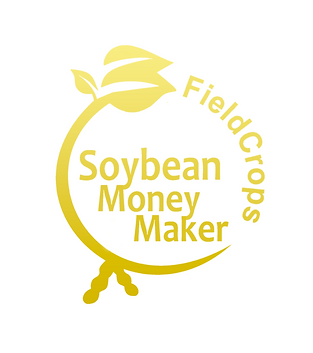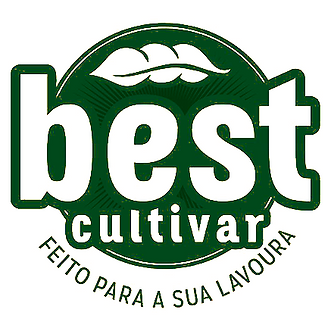
Potencial de produtividade - Yield Gap
.png)
The great challenge facing humanity is to reconcile the increase in food production with the reduction of environmental impact. Productivity potential is defined by the amount of incident solar radiation, atmospheric CO2 concentration, air temperature and the genetic characteristics of a crop, which determine the maximum that the plant can produce. In the case of rainfed agriculture, it is also influenced by rainfall, soil characteristics and topography, which affect the water balance. By evaluating the difference between the potential productivity and the average productivity of crops, the productivity gap (yield gap) is determined. This gap represents the possibility of sustainably intensifying production per unit area. The productivity gap shows how much more we can produce through good management practices. To quantify productivity gaps and identify management practises that enable high yields, the FieldCrops team uses a methodology that combines process-based cropping simulation models and field data. Through the use of big data analytics and artificial intelligence, we identify factors that limit the productivity of soybeans, corn, rice and wheat in Latin American countries. The FieldCrops team is collaborating with the Global Yield Gap Atlas Project (www.yieldgap.org), a global project led by the University of Nebraska–Lincoln/United States and Wageningen University/Netherlands. The project aims to estimate how much food can be produced per hectare of arable land worldwide with minimal environmental impact.
Soybean Money Maker
.png)
The United Nations (ONU) predicts that the world population will reach 9.7 billion people by 2050. Faced with this challenge, it is crucial to find ways to reconcile the growing demand for food with the protection of the environment. In this context, the Soybean Money Maker Championship is an initiative that brings together producers, public and private institutions in 14 soy-producing states in Brazil. The main objective is to identify management practices in over 100 soybean fields in Brazil that can increase farmers' productivity and profitability with a low environmental impact. The project will evaluate participants' management practices using economic, environmental and social indicators, with data collected from producers' fields. The aim is to achieve the United Nations Sustainable Development Goals (SDGs), in particular zero hunger, responsible consumption and production and action on global climate change (SDGs 2, 12 and 13). It also aims to promote agricultural practices that are truly regenerative and resilient.
Rice Money Maker - Selo Safe Rice
.png)
Of the 17 Sustainable Development Goals (SDGs) set by the United Nations General Assembly, the Rice Money Maker Championship focuses on Goals 2, 12 and 13. In short, Goal 2 aims to eradicate hunger and promote sustainable agriculture, Goal 12 targets responsible consumption and production practices, while Goal 13 focuses on action on climate change.
To achieve these goals, it is crucial to promote sustainable food production and adopt resilient agricultural practices that take into account the main pillars: economically viable, socially just and environmentally sound. These include increasing production efficiency, preserving the biodiversity of ecosystems and reducing environmental impacts.
The Rice Money Maker Championship achieves this based on indicators of input use efficiency, such as productivity per unit of energy, water and nutrients, as well as impact on ecosystem services. Encompassing the production chain in four Latin American countries, the Rice Money Maker provides an opportunity to develop management strategies based on more resource-efficient practices, with lower environmental impact and higher profitability in rice production. Producers are encouraged to adopt sustainable practices, considering the genotype × environment × management interaction and promoting the transfer of technology and knowledge.
Modelagem e mudanças climáticas

Agricultural models are defined as a set of mathematical equations that describe the complex agricultural interactions in the soil-plant-atmosphere system and how management practices affect those interactions. The FieldCrops team has been working for many years to develop mathematical models that simulate the growth, development, and productivity of agricultural crops. The models already available are SimulArroz (rice) and Simanihot (cassava). Models for soybean and wheat are currently under development.
Climate change is a change that affects long-term weather patterns. These changes can be due to natural causes (more or less solar and volcanic activity) or anthropogenic causes (increase in fossil fuel burning, deforestation, and others). In this sense, the FieldCrops team is conducting research to understand the impact of climate change on the development and productivity of soybeans and irrigated rice.
A Melhor Cultivas de Soja para sua lavoura

The Best Soybean Cultivar for Your Farm is a project led by the FieldCrops team to determine which soybean variety has the best interaction between genetics, environment, and management per production environment. The project contributes to the development of a region, increases productivity, reduces production costs, and provides sustainability in the production system.
